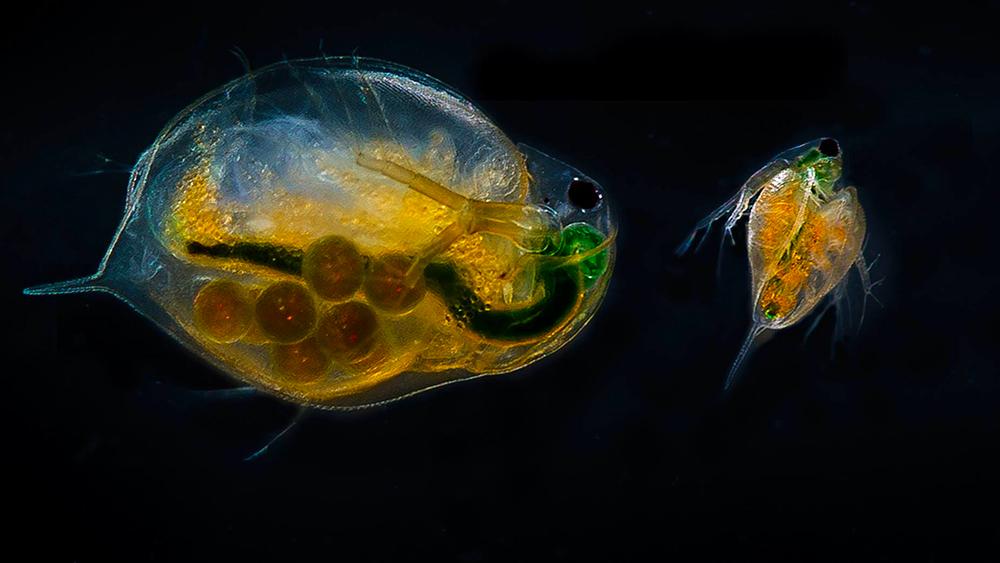Who Are We?
Who are we?
Who are we?
The project involves partners from two institutions; the Norwegian University of Science and Technology (NTNU) and the University of Glasgow (UK).
The team at NTNU consists of Profs. Sigurd Einum (PI) and Christophe Pélabon, as well as one PhD (Erlend Fossen), one post-doc (not yet hired) and one technician (Varvara Iaschchenko). One additional PhD student (Øystein Kielland), co-supervised by Einum and Prof. Claus Bech (also at NTNU) and funded from the NT-faculty at NTNU is working on closely related issues. All these are situated at the Centre for Biodiversity Dynamics (CBD) at NTNU (chaired by Prof. Bernt Erik Sæther), which is an interdisciplinary centre for research on dynamical changes in biological diversity. Prof. Neil Metcalfe is our partner at the University of Glasgow.
The project is funded through the FRIMEDBIO program at the Research Council of Norway during the period 2014-2018. Additional support is obtained from the Centre for Biodiversity Dynamics.
Our experimental facilities are located at Realfagbygget, NTNU, whereas our primary field location is Lake Asklundsvatn, located in the vicinity of Trondheim. In addition to standard laboratory equipment, the experimental facilities includes several rooms with temperature regulation in addition to a climate lab for simultaneous observations of Daphnia performance at 8 different temperature regimes, respirometry and microscope equipment, and a microplate reader for fluorescence measurements.
How does nature respond to changes in temperature?
Vannloppe

